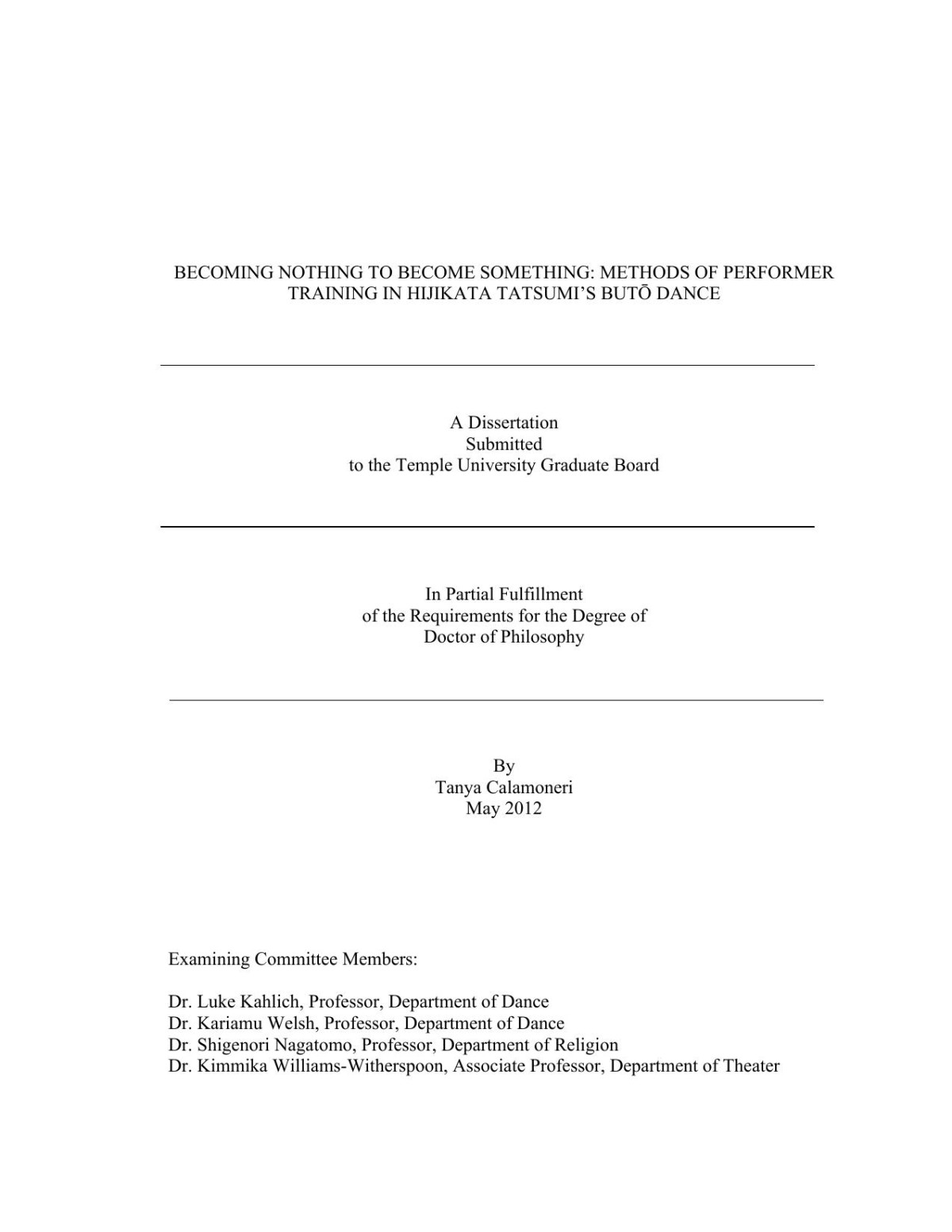

Most ebook files are in PDF format, so you can easily read them using various software such as Foxit Reader or directly on the Google Chrome browser.
Some ebook files are released by publishers in other formats such as .awz, .mobi, .epub, .fb2, etc. You may need to install specific software to read these formats on mobile/PC, such as Calibre.
Please read the tutorial at this link: https://ebookbell.com/faq
We offer FREE conversion to the popular formats you request; however, this may take some time. Therefore, right after payment, please email us, and we will try to provide the service as quickly as possible.
For some exceptional file formats or broken links (if any), please refrain from opening any disputes. Instead, email us first, and we will try to assist within a maximum of 6 hours.
EbookBell Team

4.3
88 reviewsABSTRACT
This study investigates performer training in ankoku butō dance, focusing
specifically on the methods of Japanese avant-garde artist Hijikata Tatsumi, who is
considered the co-founder and intellectual force behind this form. The goal of this study
is to articulate the butō dancer’s preparation and practice under his direction.
Clarifying Hijikata’s embodied philosophy offers valuable scholarship to the
ongoing butō studies dialogue, and further, will be useful in applying butō methods to
other modes of performer training. Ultimately, my plan is to use the findings of this
study in combination with research in other body-based performance training techniques
to articulate the pathway by which a performer becomes “empty,” or “nothing,” and what
that state makes possible in performance.
In an effort to investigate the historically-situated and culturally-specific
perspective of the body that informed the development of ankoku butō dance, I am
employing frameworks provided by Japanese scholars who figure prominently in the
zeitgeist of 1950s and 1960s Japan. Among them are Nishida Kitarō, founder of the
Kyoto School, noted for introducing and developing phenomenology in Japan, and Yuasa
Yasuo, noted particularly for his study of ki energy. Both thinkers address the body from
an experiential perspective, and explore the development of consciousness through bodily
sensation. My research draws from personal interviews I conducted with Hijikata’s
dancers, as well as essays, performance videos and films, and Hijikata’s choreographic
notebooks. I also track my own embodied understanding of butō, through practicing with
these various teachers and using butō methods to teach and create performance work.